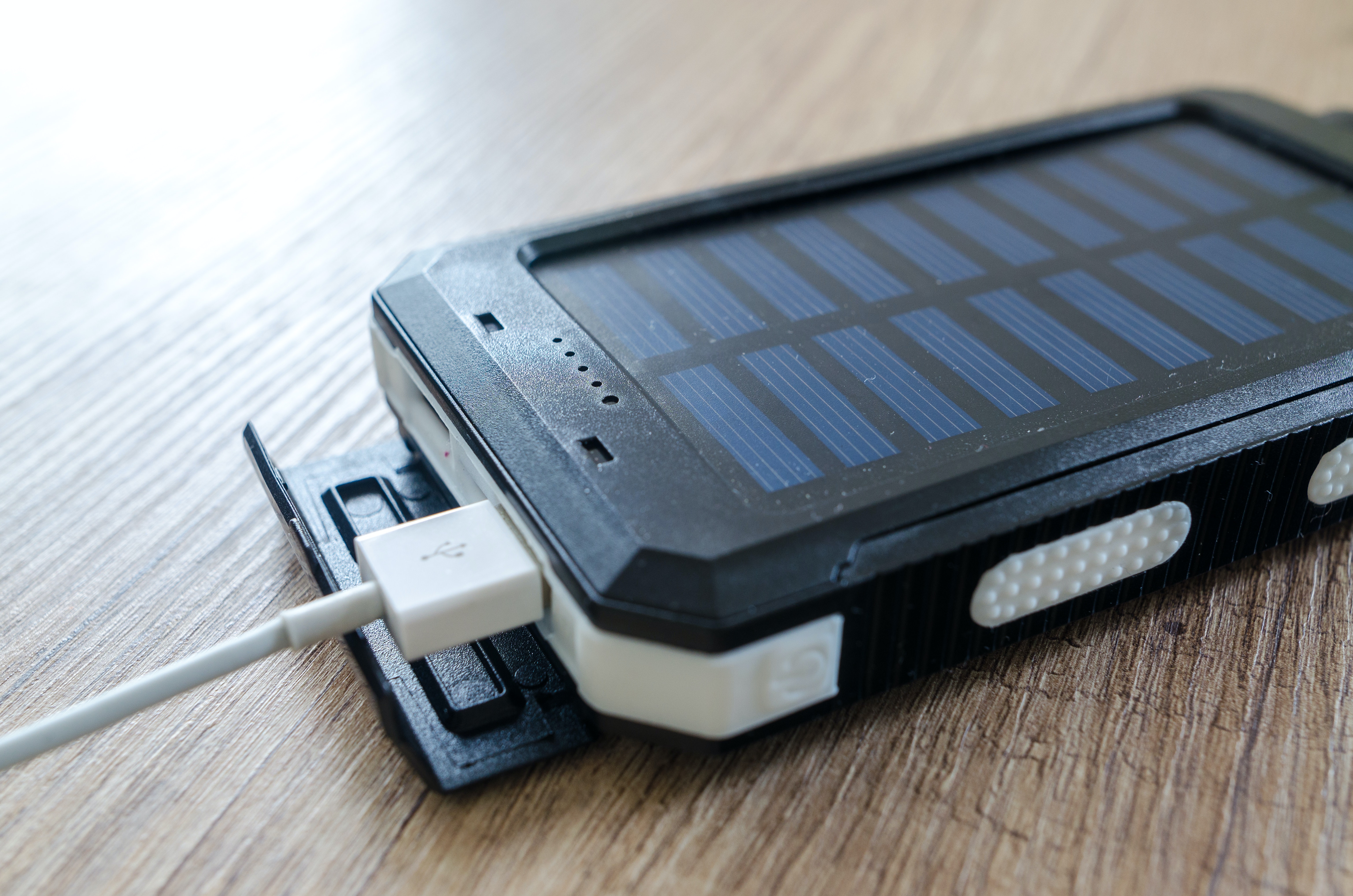Synthesis of the Cathode Material
ε-VOPO4 polyanionic cathode materials for high energy density Li-ion batteries.
It is known that finite fossil-fuel supplies, global warming and environmental pollution conspire to make the use of renewable energies a worldwide imperative. Due to the intermittence of the renewable energies (such as wind, wave and solar) outputs, better energy storage and assistance systems must be developed to ensure a continuity of supply. Among various storage technologies, Li-ion batteries not only have been demonstrated as the prime candidate to power the next generation of electric vehicles (EVs) and plug-in hybrid electric vehicles (PHEVs), but also offer promising opportunities for grid-scale energy storage applications. In 1997, olivine structured LiFePO4 was first demonstrated as a viable cathode material. Since then, the exceptional rate capabilities of LiFePO4 have promoted a strong research interest focusing upon polyanionic phosphate systems
As one of the most interesting polyanionic cathode materials, ε-VOPO4 offers a great attractiveness. This material adopts a stable 3D tunnel structure with a theoretical specific capacity of ~2 *158mAh/g (almost double that of LiFePO4). Compared with LiFePO4, ε-VOPO4 has a much higher conductivity and one higher charge/discharge plateau (around 4.0 V), and one lower (around 2.5 V). As ε-VOPO4 has the capability of reversibly intercalating more than one lithium ion into the structure, it would store and deliver more energy than the current batteries in the market. Overall, all these advantages make ε-VOPO4 a great candidate for next generation of high energy density Li-ion batteries.
 https://www.pexels.com/photo/battery-black-cable-charger-518530/
https://www.pexels.com/photo/battery-black-cable-charger-518530/
- The precursors can be readily and controllably synthesized with a well-defined stoichiometry, no undesired contaminations being incorporated into the final products.
- The ε-VOPO4 pure phase can be formed through a short single-step heat treatment under moderate temperature without involving complicated and costly high-temperature vacuum environment.
- Earth-abundant starting materials, simple processing procedures and cheap equipment would further lower the fabrication cost of ε-VOPO4 based batteries.
U.S. 9,722,247
Patent Information:
| App Type |
Country |
Serial No. |
Patent No. |
Patent Status |
File Date |
Issued Date |
Expire Date |
|